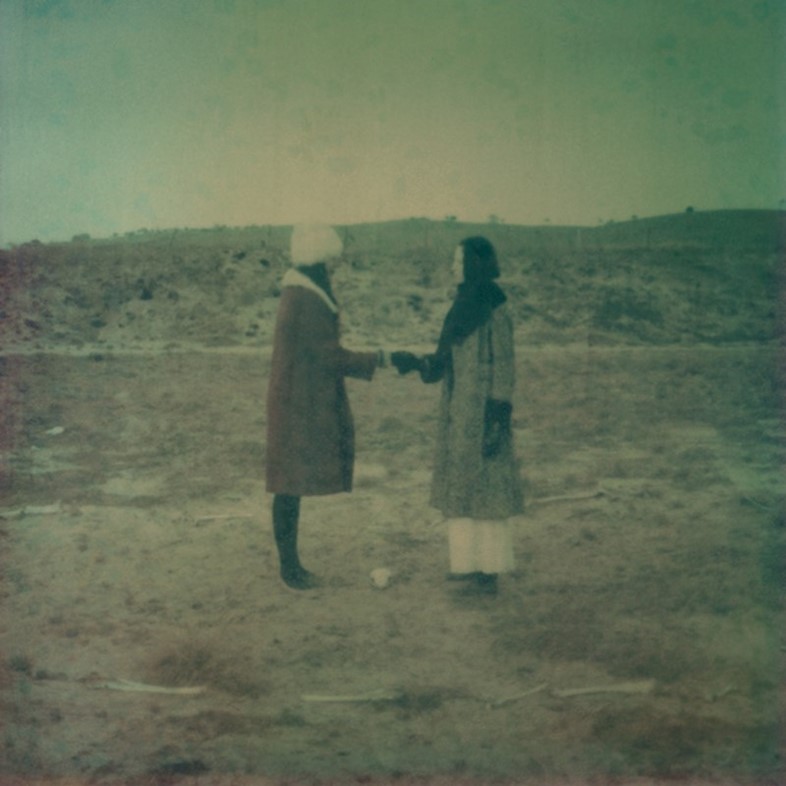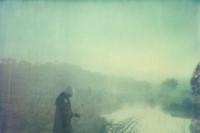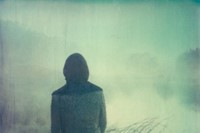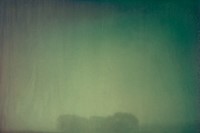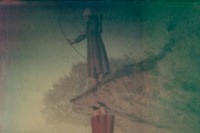AnOther meets the emerging photographer behind this enigmatic new series of Tarkovsky-esque Polaroids
September is well under way and there's a distinct chill in the air. It's never easy to say goodbye to summer but there's something about the crisp, low-lit evenings and flame-coloured leaves that accompany the arrival of autumn that is undeniably thrilling. This prevailing mood is perfectly captured in a beguiling series of images by Canadian photographer Marianna Rothen, currently on display at the Ingrid Deuss Gallery, Antwerp. Taken on the set of forthcoming independent film Everybody Knows This is Nowhere – directed by Gregory Perano and art directed by Rothen herself – the stunning photographs recall the Polaroids of Andrei Tarkovsky, defined by an otherworldly haziness, a rich, earthy colour palette and a breathtaking use of natural light.
Born and raised in a small town outside of Toronto, Rothen began her career as a model and from the age of 15 spent many years travelling abroad for shoots, sharing apartments with fellow models. It was at this time that she developed an interest in photography, carefully observing fashion photographers in action and honing her own skills by lensing her photogenic pals. 17 years on and Rothen, now based in New York, has quit modelling to pursue photography full-time. "In the beginning I thought I wanted to be a fashion photographer too," she tells AnOther, "but then I realised that the best images I took were the ones I’d got by myself, working with my own ideas."

Rothen has developed an unusual technique to achieve her idiosyncratic vision, shooting digitally at first before selecting and printing her preferred edit and re-photographing these on vintage Polaroid film. "I only really like the old film," she explains, "but they've stopped making it now so it's around $80 a pack. So I began working like this as a cheaper way of getting the shots I wanted. It means that you lose detail and the photographs become more like paintings, which is why they look so dreamy, with a particular tone or haze to them. At first it was just a happy accident but now I love the look so much that I’ve been doing it with everything!" Needless to say, we've fallen for her dreamy aesthetic too, and so were delighted to have the opportunity to sit down with Rothen ahead of the opening of her Antwerp show to find out more about this mysterious series and the inspirations behind her practice.

On Everybody Knows This is Nowhere...
"Gregory, the director and writer, is a friend of mine and we’ve worked together on a lot of projects over the years. He's a very enigmatic and eccentric figure. He sent me the script to get my opinion and I was like, this is totally incredible, I know you have no budget but I would love to fly to Australia with you and be your still photographer. And he said, 'Yes, sure!''
The film is about four characters who are stuck between this world and the next, and they reinvent themselves through performance – so they create their own world, basically. It’s a very dystopian tale: very mysterious and hard to describe. There are also two ghosts in the film as well and I played the one called ‘The Girl’, who is essentially the observer of the characters' situation."
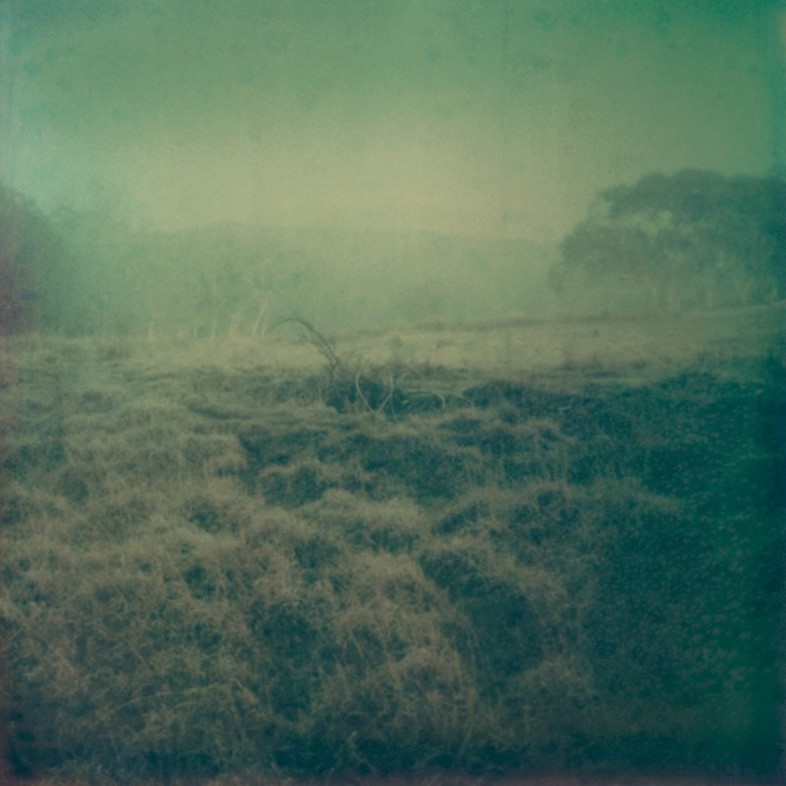
On the Australian landscape...
"The film was shot in 2010 in the southern highlands of New South Wales, which are three hours south of Sydney. We filmed it during the winter so it was very cold and the landscape looked very European – not at all what you expect from Australia. There was a lot of greenery and lush forests, and some areas that looked like the English countryside. There were ten of us working on the film and we were getting up and shooting at 4am every morning so that we could catch the dawn hours and the mist. Gregory wanted that kind of gloomy, romantic feel which is very inspired by the Andrei Tarkovsky film, Stalker."
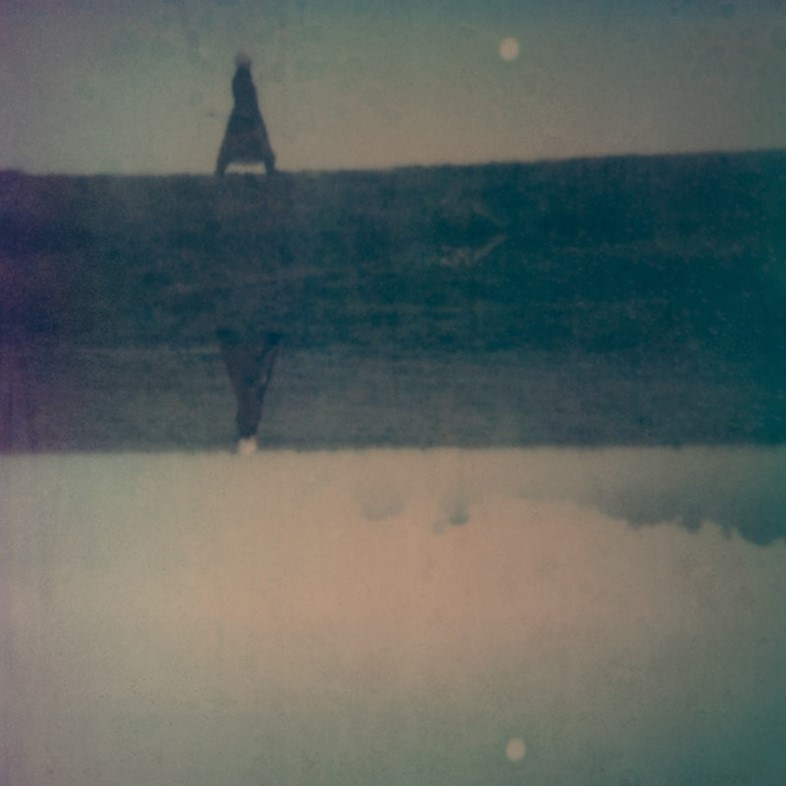
On the unique colour palette...
"Colours are very important to me and to the way the image looks, aesthetically. The E.k.t.i.n. images were shot using a TZ artistic Polaroid film that was incredibly blue, and then because it was so cold when we were shooting – the buildings we were working in and staying didn’t have any heat, so it would go down to -5c sometimes – I think that that affected the film too. It has a lot of imperfections and textures."
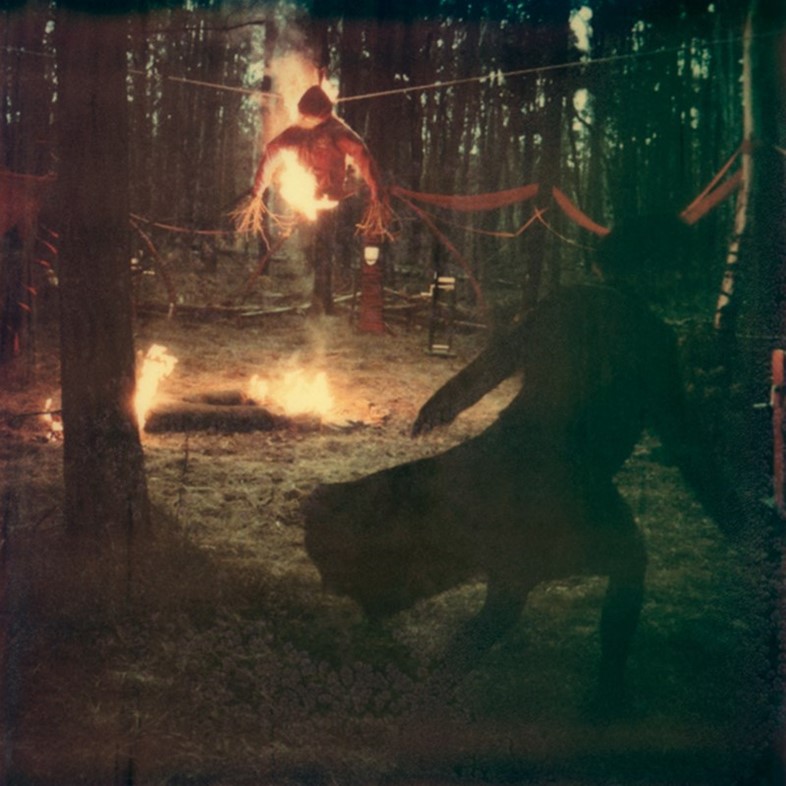
On creating her own story...
"I documented absolutely everything during the shoot, but then I made my own edit of the images and that edit is really my version of the story – it’s very open ended and doesn't correlate to the film's story. For example, a lot of times I was shooting the actors when they were not being filmed, so if we were standing around I would grab one of the girls and we would do some images that were completely separate from the film's narrative."
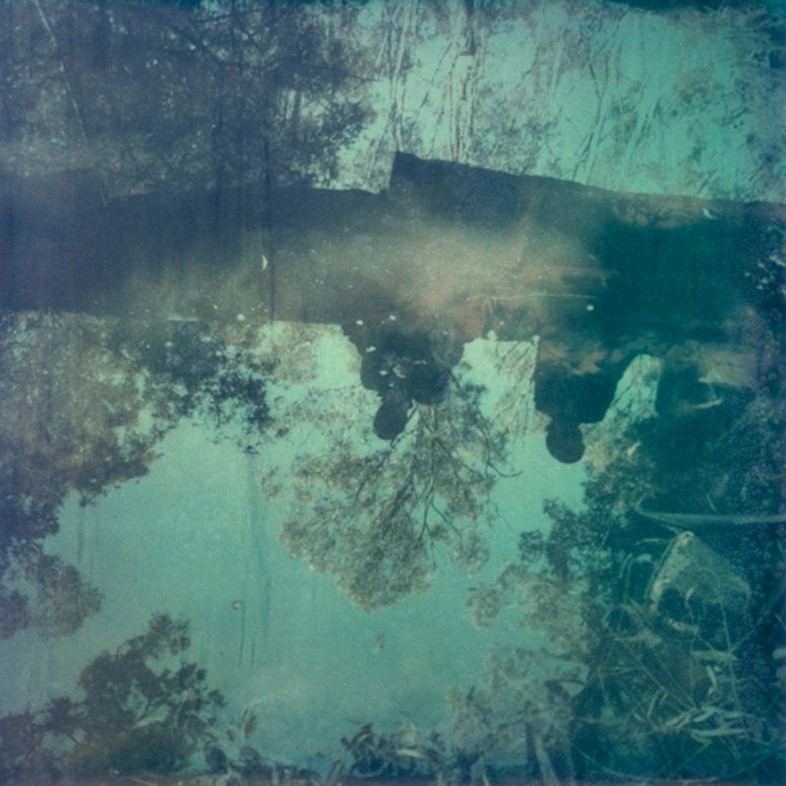
On her cinematic influences...
"I am really influenced by film in my work as a photographer. I always base my shoots loosely around a certain film, or several films, so I watch them and then take screen shots so I can map out a guide for to how I want the shoot to look. It always turns out so differently, but it’s like that initial blueprint for what I do. At the moment my favourite filmmaker is Robert Altman – I love all his films. But I also admire Michelangelo Antonioni – the early material that he did with Monica Vitti and Luchino Visconti – and Ingmar Bergman... a lot of these older European directors are incredible."

On the importance of narrative vitality...
"As a photographer, the key thing for me is that my subjects look like they’re part of a narrative, like something’s happening and they’re not just still and dead. Whether they're thinking about something or are about to do something, they need to be animated in some way. It has to be about capturing a mood and a story."
E.t.k.i.n. is at Ingrid Deuss Gallery until October 3.
